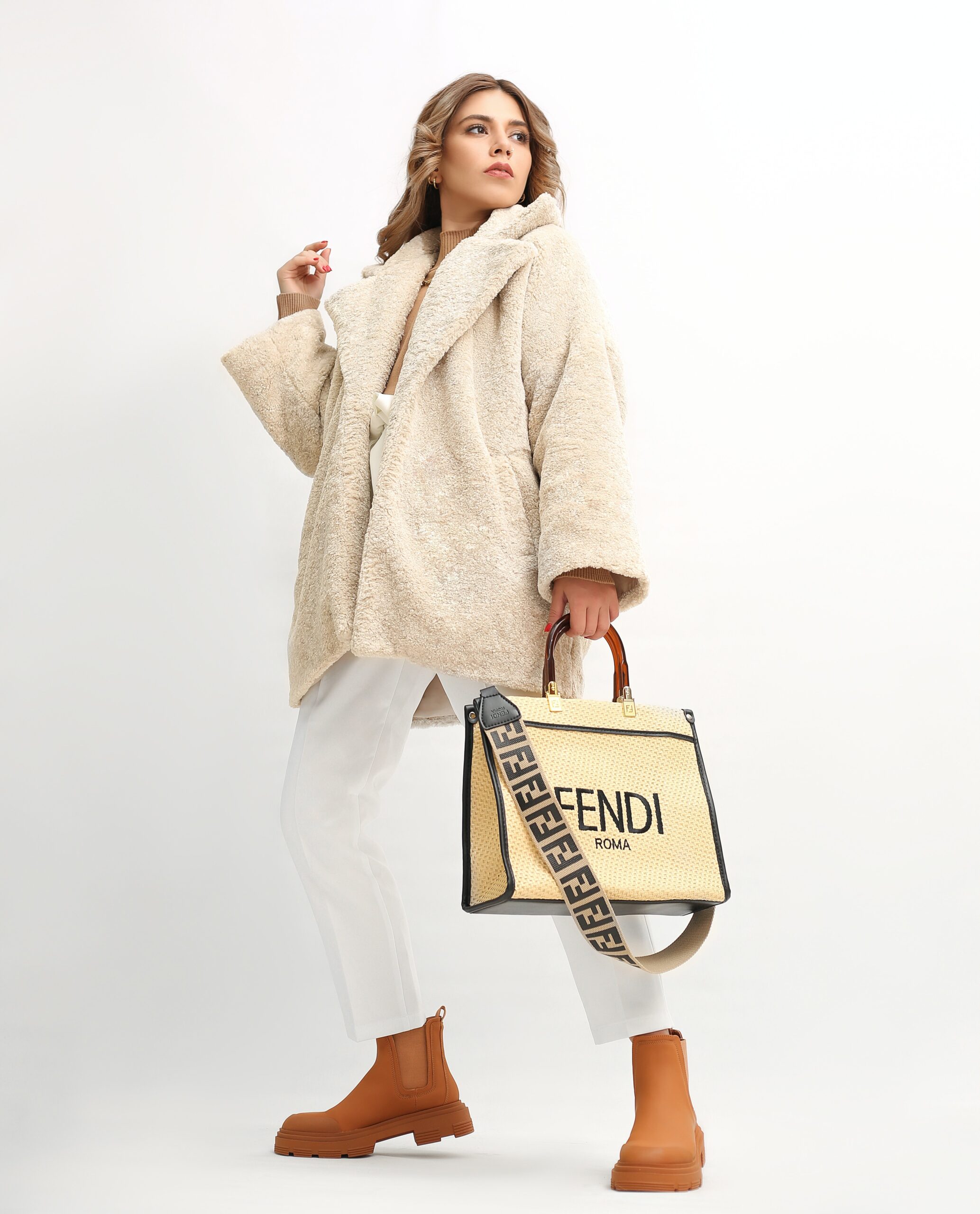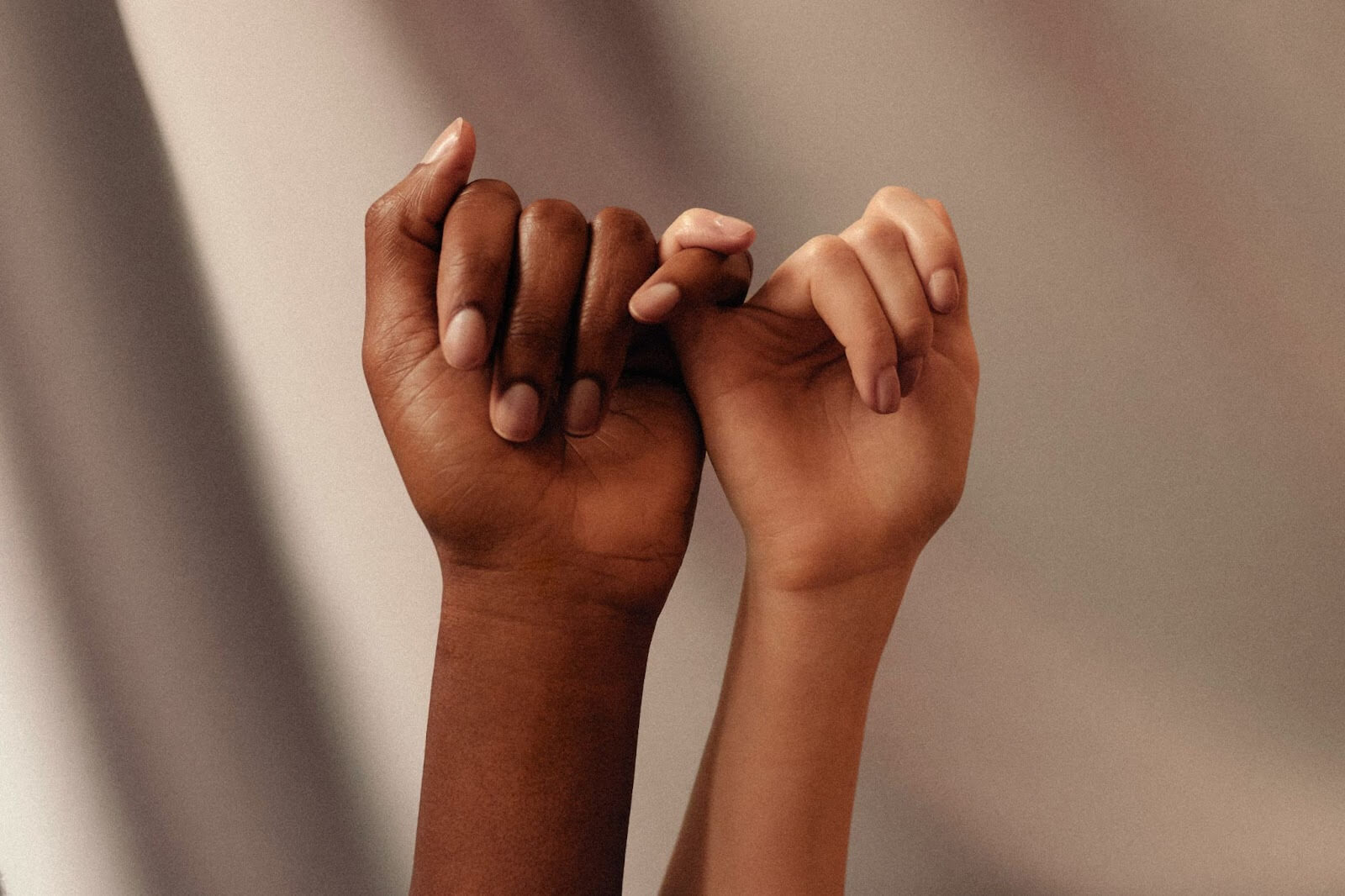You’re scrolling through social media and you see something shocking: New York’s Times Square is overrun with piles and piles of clothes as tall as buildings. Clothes are falling from the sky. At first glance, you’re confused. At second glance, you realize that like most crazy things you’ve seen on the internet recently, it’s AI. And it’s an ad by Vestiaire Collective.
A few weeks ago, Vestiaire Collective launched this ad campaign and it instantly went viral. But it was more than just a run-of-the-mill plea to join their circular fashion marketplace. It was also an announcement. In order to further break ties with fast fashion, the platform announced it would no longer support sales of some of the biggest, most pollutive, fast fashion brands in the world.
The caption read: “With 92 million tons of textiles sent to landfill every year, now’s the time to act. That’s why, from today, we’re banning another 30 fast fashion brands from Vestiaire Collective, including Zara, H&M, Gap, Abercrombie & Fitch, Mango, Urban Outfitters, and Uniqlo.”
Vestiaire Collective launched in 2009 and has been gaining prominence ever since. It’s kind of like TheRealReal meets Depop, a place where people — including celebs and influencers — sell their luxury items and promote the luxury circular economy.
But with this statement, and this move to break up with such popular fast fashion brands, Vestiaire Collective is leading the pack. By saying no to fast fashion, they’re being unequivocal. We like to think that fast fashion only includes brands like SHEIN, Boohoo, FashionNova, and Pretty Little Thing — all of which are on the Vestiaire blacklist. But, unfortunately, many affordable brands we love also fall into that category.
This is a tough pill to swallow. And yes, I too am trying to wean myself off my habitual shopping habits at some of these stores — goodbye quick trips to Urban Outfitters and Zara. But the convenience of these stores might make them hard to eliminate entirely.
But maybe this is the point. Vestiaire’s announcement challenges us to look at our shopping habits and change how we think about affordable shopping. Maybe, instead of running to the nearest big box store, we seek out second hand, first. Unlike thrift stores and brick-and-mortar vintage, platforms like Vestaire let you search for pretty much anything you want. By making circular fashion our go-to, using apps like Depop, Poshmark, and Basic Space, we can get high-quality clothes that will decrease our need for habitual shopping.
It’s all part of Samina Virk’s plan. According to a 2022 report by Boston Consulting Group, the global secondhand fashion market is worth over $100 billion. In a conversation with Fashionista, Samina Virk, Vestiaire CEO, laid out her goals for the circular fashion community as it continues to grow.
“I think when we first kicked off resale-as-a-service, which is working with brands and retailers to help offer their customers resale, it really tied back to our mission: How do you transform the industry? You work with consumers, but you also work with brands,” she said. “And because we had built this huge marketplace because we had all the logistics and operations in place, the goal was really, ‘Let’s expand and offer it to brands and work closely with them.'”
According to the interview, her 2024 luxury resale predictions see technology and exclusivity at the forefront of fashion.
“We, as consumers, are going to have options. The way we have options when we buy firsthand: We buy it from the department store, we buy it from the online e-commerce and we buy direct from brand,” she said. “I think in secondhand and pre-owned fashion, we’re also going to have those options, so the resale industry will continue to grow. I think the reasons I mentioned earlier about it not just being about affordability, but selection, that’s going to continue to grow. And technology — how do the larger AI and tech and blockchain trends infuse into resale and fashion and how we shop?”
Now, Vestiaire is a circular fashion giant. Their ban on fast fashion points to a major trend for sustainable shopping: challenging us all to make the hard decisions and instigating a culture of accountability in consumerism.
Offering fewer brands on their site might be counterintuitive. With less clothes to buy, won’t they lose money? Maybe in the short-term, but long term, younger generations are more interested in both sustainability and luxury fashion. Just look at the Old Money trend. That viral movement values pieces that are built to last — which is exactly what Vestiaire Collective offers.
Plus, by leading the charge and calling out giant brands, Vestiaire encourages fashion to do better. They’re making a statement. And in this case, it seems like being exclusive is actually progressive.









